Test Bank For Business In Action 6Th Edition By Courtland L. Bovee
Test Bank For Business In Action 6Th Edition By Courtland L. Bovee
Business In Action 6Th Edition By Courtland L. Bovee Test Bank
Business In Action 6Th Edition By Courtland L. Bovee
Business In Action 6Th Edition
Business In Action
Chapter 1 Developing a Business Mindset
1) Business is any profit-seeking organization that provides goods and services designed to satisfy customers’ needs.
Answer: TRUE
Explanation: In a general sense business can be defined as any profit-seeking organization that provides goods and services designed to satisfy customers’ needs.
Page Ref: 3
Difficulty: Easy
Chapter LO: 1
Classification: Concept
2) Profit refers to the money the company brings in through the sale of goods and services.
Answer: FALSE
Explanation: Profit is the amount of money left over after expenses–all the costs involved in doing business–have been deducted from revenue.
Page Ref: 4
Difficulty: Easy
Chapter LO: 1
Classification: Concept
3) Businesses add value by transforming lower-value inputs (like paper and ink) into higher-value outputs (like textbooks).
Answer: TRUE
Explanation: Businesses add value by transforming lower-value inputs to higher-value outputs. In other words, they make goods and services more attractive from the buyer’s perspective.
Page Ref: 4
Difficulty: Easy
Chapter LO: 1
Classification: Concept
4) In a free-market economy, companies generally have limited autonomy in deciding which customers they want to focus on and how they want to compete.
Answer: FALSE
Explanation: In a free-market economy, companies generally have considerable freedom in deciding which customers they want to focus on and how they want to compete.
Page Ref: 4
Difficulty: Easy
Chapter LO: 1
Classification: Concept
5) A company has competitive advantage when its products are more appealing to its chosen customers.
Answer: TRUE
Explanation: Competitive advantage makes a company’s products or the company as a whole more appealing to its chosen customers.
Page Ref: 4
Difficulty: Easy
Chapter LO: 1
Classification: Concept
6) Assets refer to the tangible economic resources owned by a firm.
Answer: FALSE
Explanation: Assets refer to anything of meaningful value, from patents and brand names to real estate and company stock.
Page Ref: 4
Difficulty: Moderate
Chapter LO: 1
Classification: Concept
7) A firm uses strategic sourcing techniques to reduce its costs. This is an example of barrier to entry.
Answer: FALSE
Explanation: Barrier to entry refers to any resource or capability a company must have before it can start competing in a given market.
Page Ref: 6
Difficulty: Moderate
AACSB: Analytic Skills
Chapter LO: 1
Classification: Application
8) Difficulty in obtaining business permits or licenses to do a particular business would be an example of a barrier to entry for a firm.
Answer: TRUE
Explanation: Barrier to entry refers to any resource or capability a company must have before it can start competing in a given market.
Page Ref: 6
Difficulty: Easy
Chapter LO: 1
Classification: Concept
9) Intangible products have a physical presence.
Answer: FALSE
Explanation: Intangible products create value by performing activities that deliver some benefit to the customer. They do not have physical presence.
Page Ref: 4
Difficulty: Easy
Chapter LO: 1
Classification: Concept
10) The service sector now dominates the U.S. economy.
Answer: TRUE
Explanation: Over the past few decades, the U.S. economy has undergone a profound transformation from being dominated by manufacturing to being dominated by services.
Page Ref: 5
Difficulty: Easy
Chapter LO: 1
Classification: Concept

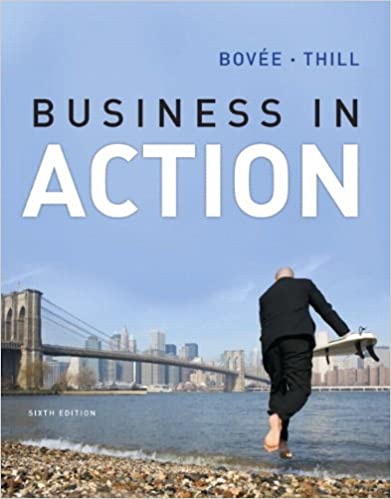
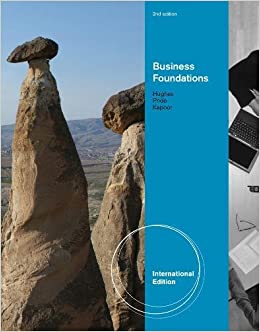
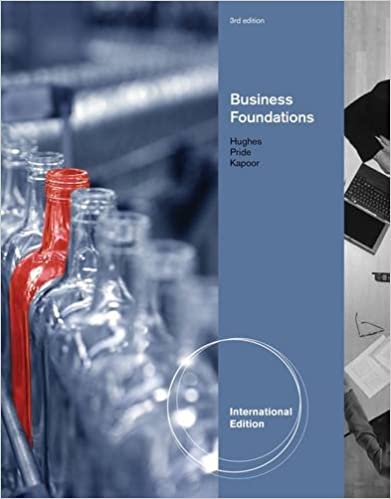


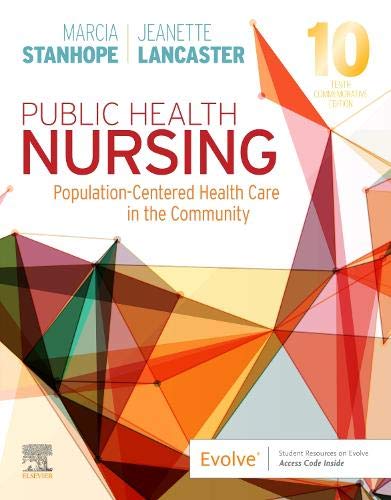

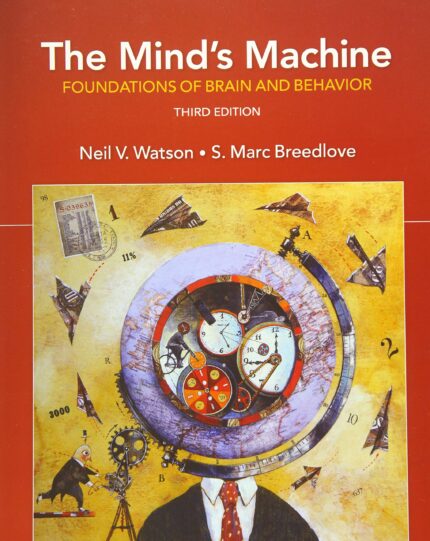
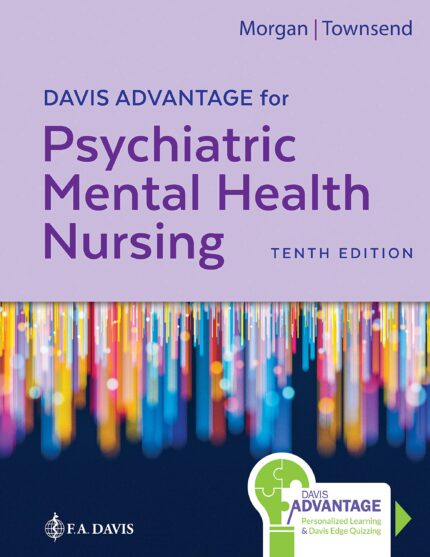
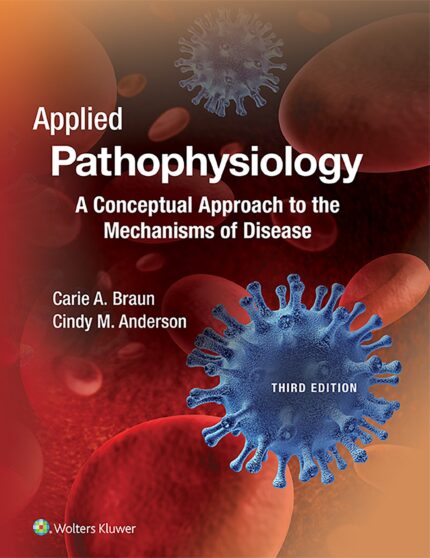
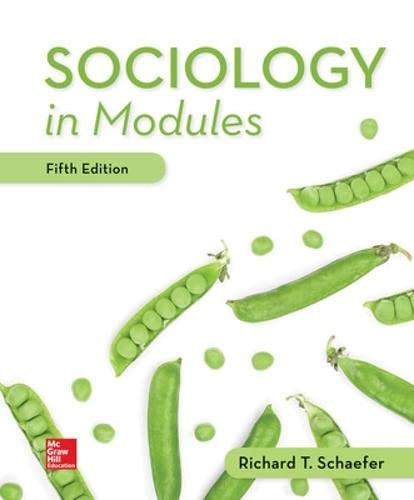


Reviews
There are no reviews yet.